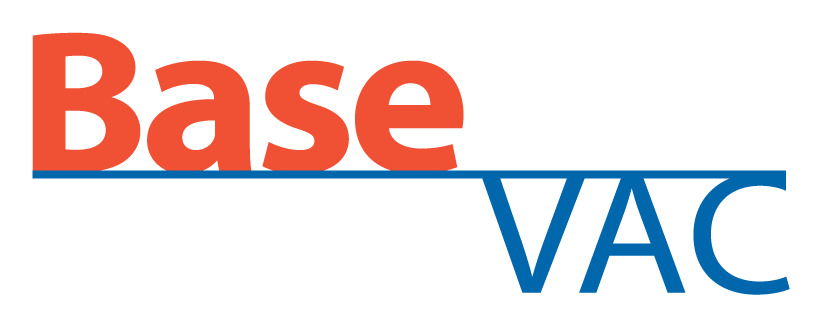Today we are continuing our series on Dental Vacuum Ventilation. We started by providing the purpose of proper ventilation, beginning with the importance of removing heat from the mechanical room. Today we will continue that segment by explaining how proper ventilation removes contaminated air and dangerous substances from the dental clinic.
Contaminated Air
An improperly vented Dental Vacuum Pump will reintroduce air from the clinic’s vacuum lines back into the clinic. On many occasions, that same reintroduced air from the vacuum lines will be taken into the clinic’s compressor then shot into the patient’s mouth.
The best way to avoid the cross-contamination of dirty air between patients and clinic staff is to vent the vacuum system outside of the clinic. In States like California, it is required to have a fresh air intake for the compressor as well. This way, there is no chance of cross-contamination within the clinic.
Some Dental Professionals suggest having a fresh air intake from within a clean space in the clinic, rather than outdoors. If a fresh air intake from a compressor were to pull from a Dentist’s personal office or a staff room, the air would be filtered and conditioned by the clinic’s HVAC system. Drawing air directly from outside is sometimes argued to introduce foreign items into the compressor.
It is best to follow your local regulator's requirements and the suggestions from your Equipment Manufacturer (assuming they do not contradict the local regulations).
Nitrous Gas Removal
In many clinics where nitrous gases are used in Patient Procedures, it is 100% required to vent the exhaust of a vacuum system outside. Gases allowed to exhaust back into the clinic will pose a significant danger to the clinic staff and patients. There can be exposed to dangerous levels of these gases, as well as a high risk of an explosion.
Any clinic using nitrous gases will also have to choose a vacuum system that is not prone to generate a spark, avoiding any system that is oil lubricated. The vacuum system should also generate high enough inches of mercury to remove the gases efficiently (10-15” of Hg). Though this is commonly handled by the contractor building a clinic, it is worth noting that any vacuum lines handling the removal of nitrous gases has to be specially installed and tested to ensure that the system does not have any leaks.
Follow Us
Thank you for following this series on the importance of ventilation for a Dental Vacuum System. Our next segment will be discussing the proper installation of a vacuum ventilation line to ensure the highest efficiency and protect your vital mechanical room equipment.

